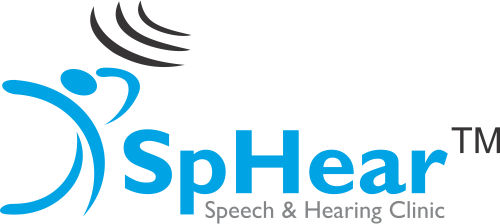- +91-11-4608 5246
- [email protected]
- Mon - Sat : 10:00 AM - 06:00 PM
Fluency Therapy
Everything You Need to Know about Fluency Therapy
Fluency disorder, commonly known as “stuttering” can be defined by primary and secondary behaviors. Primary behavior includes repetitions of sounds, whole words, and syllables, prolongations of single sounds, blockages of airflow or other speech-related issues. Secondary behavior, on the other hand, is developed with the advancement of time.
This kind of behavioral pattern often includes hesitation, interjections of syllable, sounds, or words, word revision, complete changes in the words, and motor skills related to stuttering (loss of eye contact, frequent eye blinking, extraneous movement etc.) People often get confused over “normal disfluency” and “stuttering”. Normal disfluency is when the children start learning to combine multiple words and speak short sentences. This can continue up to the age of 7. This is absolutely normal for the children between 2 to 7 years age. But, if you find your children stuttering even after this phase of time, you should consult a doctor and consider fluency therapy.
Symptoms of Fluency Disorder
Listed below are some common symptoms of fluency disorder:
- Difficulty in uttering a word
- Prolonging a word or sound within a word
- Repetition of sound
- Repetition of words or syllables
- Brief silence for some particular words, or use of broken words frequently
- Anxiety while about to talk
- Hesitation in communication
- Frequent eye blinking
- Head jerks
- Tremors of the jaw or lips
- Facial Tics
- Clenching fists
Fluency Therapy
Treatment for fluency disorder varies from patient to patient. It should be determined following a thorough analysis of speech fluency rate, language issues, emotional elements, and of course, life impact. In order to provide an effective fluency therapy, it is important to create a treatment plan and set up certain goals as there are various types of speech therapy for children and adults.
In fact, the therapy process varies from one age group to another group. An indirect process is applied to the preschool children who need fluency therapy. In this process, family members are counseled about how to make changes in their own speech and how to make changes in their child’s environment. Through these changes, the therapists try to help the children deal with their fluency disorders.
Apart from this, there are many other approaches to fluency therapy including direct approach, operant approach etc.
A Final Takeaway
Fluency therapy is meant for dealing with speech problems; therefore, it may include a number of techniques that attempt at making changes to the timing and tension of speech generation. An effective strategy for fluency therapy should include:
- Rate control
- Continuous phonation
- Prolonged syllables
- Easy onset
If you find your child suffering from a speech problem, don’t ignore it, take him or her to a doctor and consult with a fluency therapist. Consult with speech therapy at South Delhi for better treatment and care.
Also read about: Speech Therapy for All Ages
